
A show about relationships with the land
There are many ways to listen to the show: Listen live on CFRU 93.3 fm broadcasting from the University of Guelph Mondays at 6pm EST or listen to the podcast via Spotify, Apple, or just follow the rss feed.

Ep. 247 : What is a Forest?
Every year I get the privilege of co-leading a spiritual retreat weekend. This year on the Friday night my talk was called “What is a Forest : Of exclusion and of Community”.
This wasn’t a talk about a particular ecosystem necessarily. Instead it was an exploration of the shady history of the word and concept of “forest”, the place where royalty and gentry removed the people to keep exclusive regal hunting grounds for them and their noble guests. It meant the expulsion of peoples, and the emergence of the enclosure movement and plausible contribution to the witch hunts across Europe. “The forest” is not neutral territory. It is a contested zone.
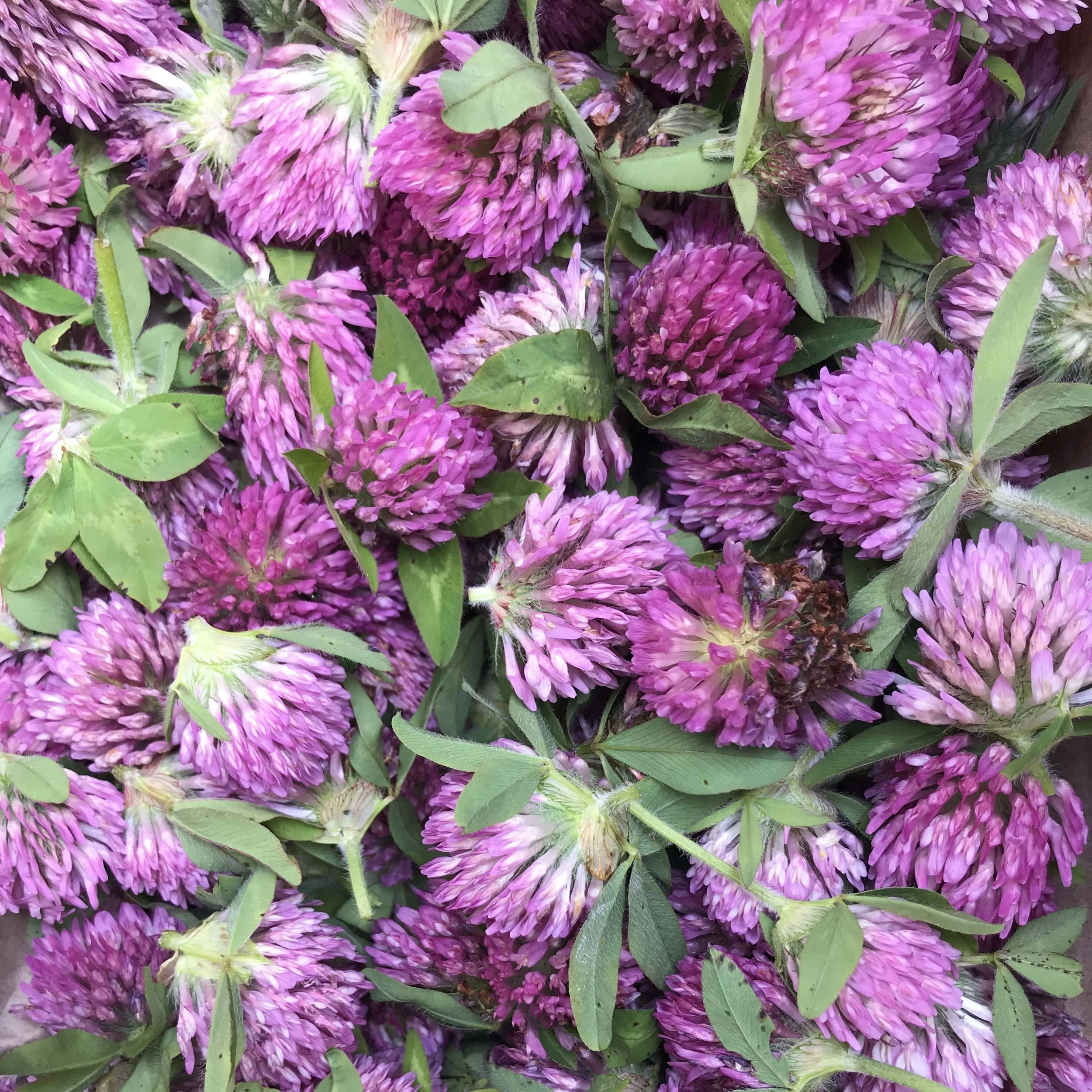
Ep. 246 : Healing Relationships with Land Through Help of Red Clover
I have been feeling a little bit distant lately. Like some sort of anxious attachment distant. Avoidant even. While trying to not be too clingy or handsy with the land, I have slipped into a disconnection, being one that just observes but doesn’t participate in the ways that brought me into relationship with so many plants in the first place. I have been feeling this disconnect, and recognizing something had to be done. Then along comes Red Clover.
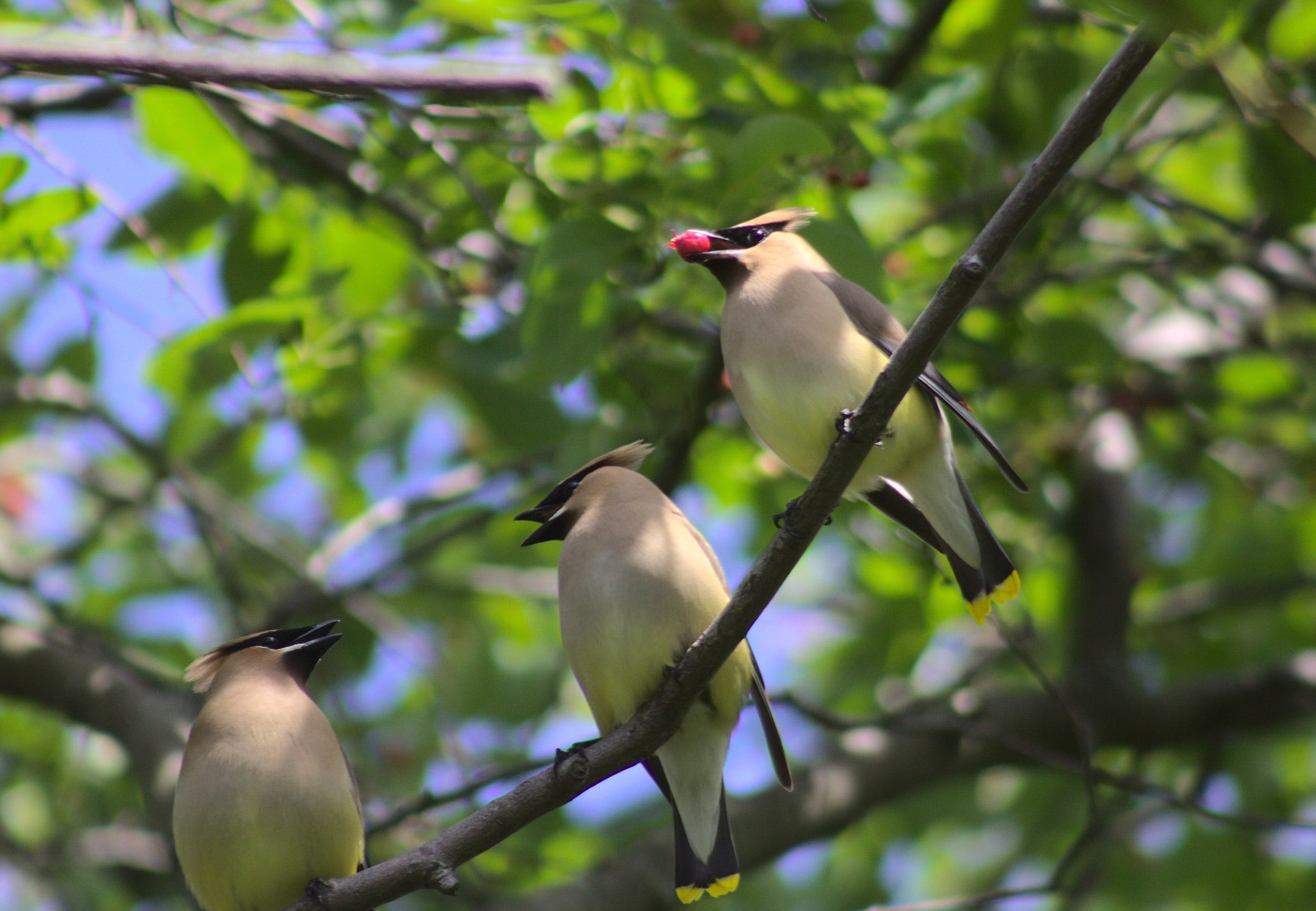
Ep. 245 : Cedar Waxwings in Early Summer
Sometimes Cedar Waxwings are regarded as a “just a..” bird. “It’s just a Cedar Waxwing”, you might hear from another birder who is looking for some elusive flycatcher or late migrant. But if we take the time to pay attention to the mundane, we sometimes see some magic in elusive or even commonplace behaviours.

Ep. 244 : The Call of the Northern Green Frog
For the past few years I have been going out at night in May to record the calls of American Toads and Northern Leopard Frogs by the Eramosa River. I used to live much closer to the river and I could hear the songs from my window at night. When I heard those songs, I knew it was time to go record, and that the radio show that week was going to be the calls of the Anurans.
The problem was that lately, it has been pretty quiet on the home front. Maybe it was a bit too chilly for the Anurans to sing, or the rain has prevented me from bringing my recorders out, lest they get destroyed. But there have also been some really good nights, quite suitable for toad and frog song, but still it was quiet but for the Canada Geese. What was going on?

Ep. 243 : A National Urban Park in Guelph
The Eramosa River Valley is the place where I live, play and work. When I heard about a group of folks who were working to conserve the land as a national urban park, I admit I got a little wary. Who were they? Do they care about this place as much as I do? How will the river be affected? I ended up doing some research into the campaign and decided the best thing to do would be to just reach out and ask about an interview…
I asked a lot of questions including some I had never thought about before.. How do you build a national park located in the middle of the growing city? How can a park be a tool for healing and reconciliation? Hopefully this episode helps build the possibility of a healing place to visit, sit and learn to fall deeper in love with the river I long to know more.
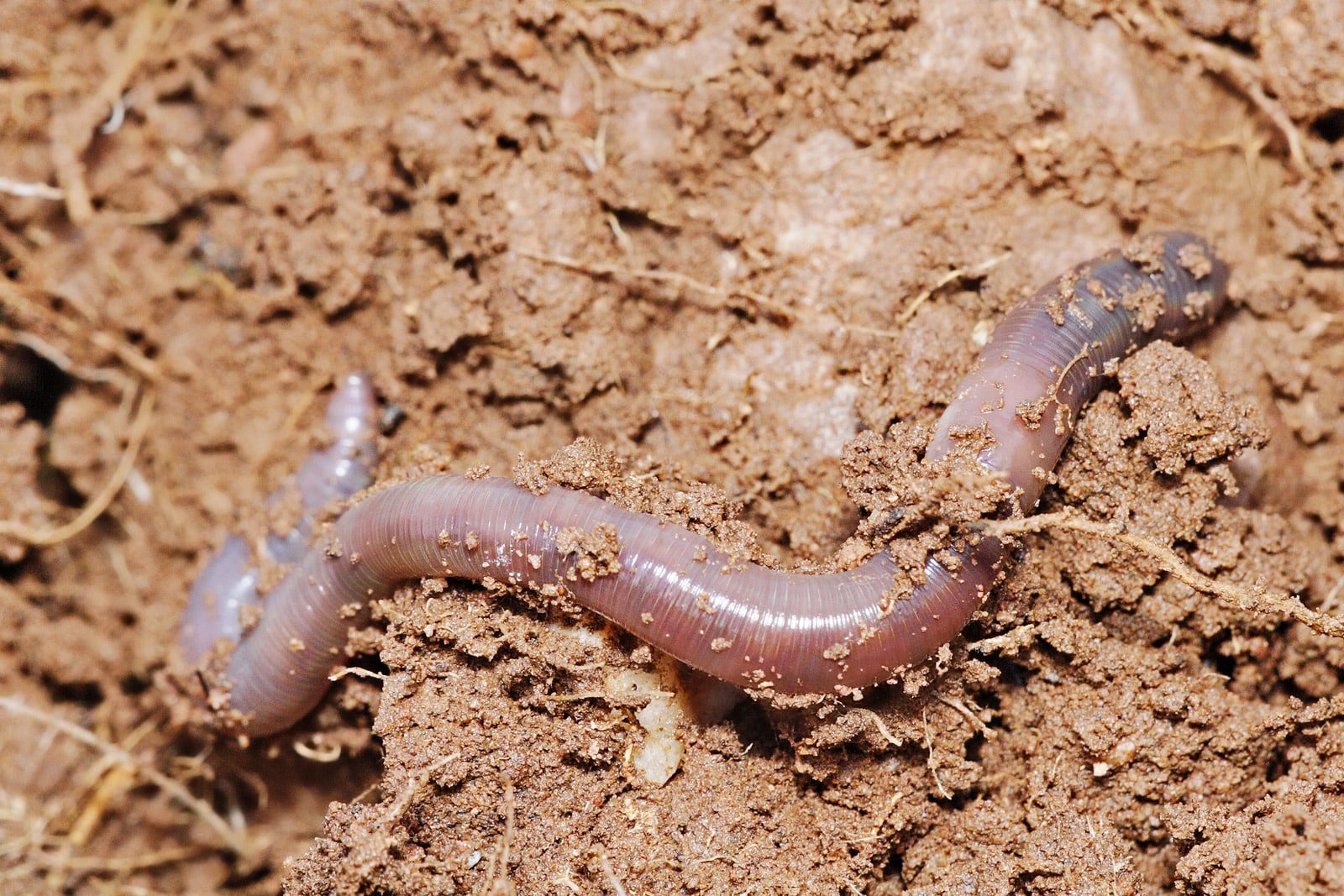
Ep. 242 : I really don’t know much about Earthworms
This past weekend I got to participate in my second track and sign evaluation and one of the most interesting things I learned was some new Earthworm sign which triggered the thought… I really don’t know much about Earthworms.
I ended up crawling through all of my books to see what I had on the topic, but there wasn’t much. A couple paragraphs here, a photo or two there, but there was enough to tickle my curiosity.
Listen to the show if you want to learn more, too. These worms have a lot of interesting things going for them.
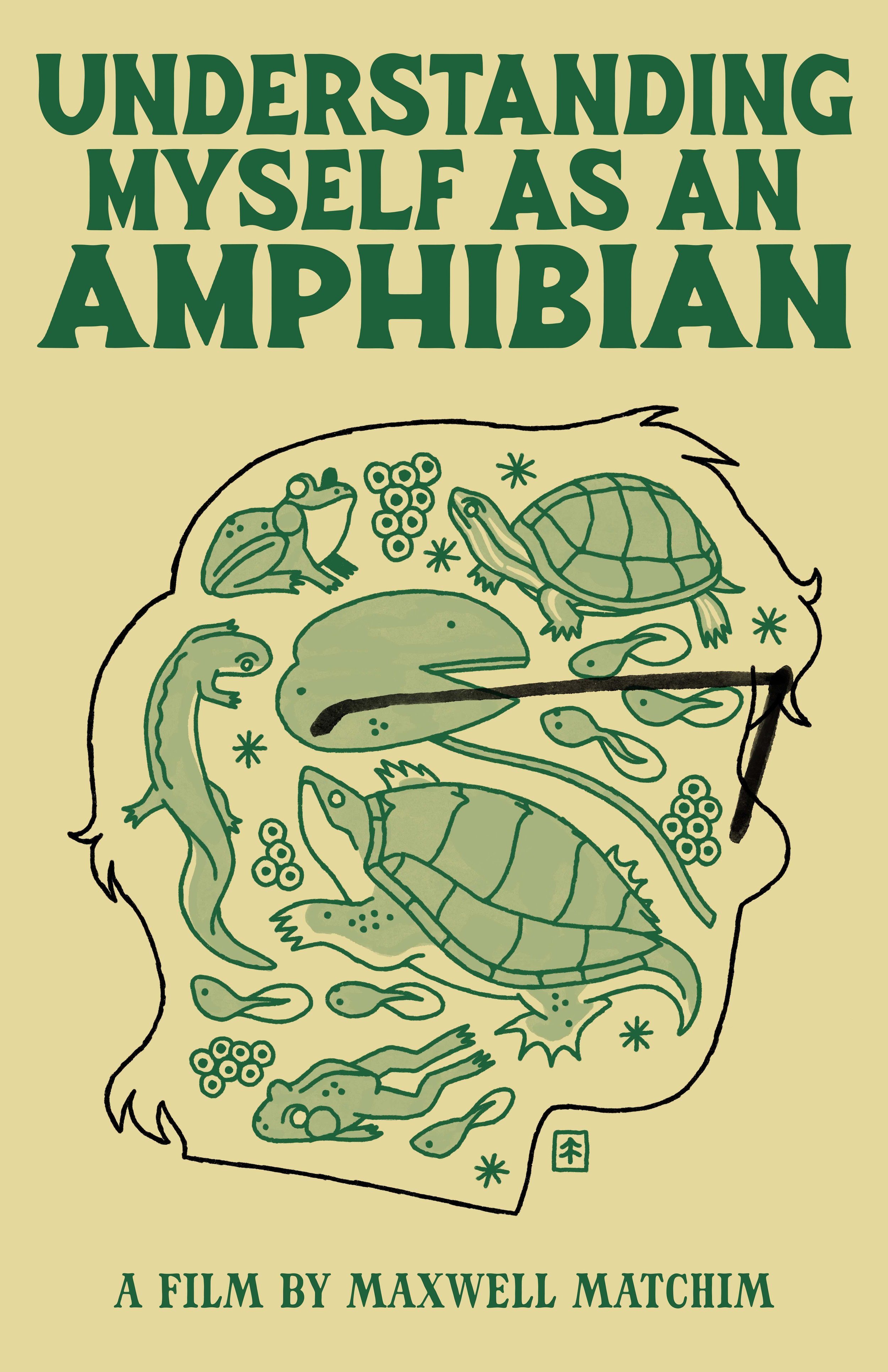
Ep. 241 : Understanding Myself as an Amphibian with Maxwell Matchim
I have been thinking a lot about the diversity of sexuality and gender in nature. Wondering about how different animals, plants, and fungi present sexually. Maxwell Matchim (they/them) has been asking some similar questions but through a different lens, thinking “about the ways in which Trans people exist between worlds, much like amphibians. The way in which Trans people change their bodies over time as means of survival.” And with these questions, they have been making a documentary. I reached out for an interview, and they were game.
This is a conversation I would love to be having all of the time, looking at the parts of life which just don’t abide by the dominant narratives. If you’re into that, you’ll like the show.

Ep. 240 : FREED (Field Research in Ecology and Evolution Diversified)
When I look into the authors who wrote most of the natural history books on my shelves, I mostly see white people. Historically, this field has been gatekept by and for white folks. When I come across initiatives that challenge that dynamic, I get stoked.
I got to talk with Alannah Grant and Jonathan Chu, the University of Guelph liaisons for FREED (Field Research in Ecology and Evolution Diversified). I got to ask them about recent movements to bring awareness to and correct the lack of representation of Black, Indigenous, and people of colour in environmental sciences, how they organize themselves, what is working and what they do on these excursions?
It was a good conversation about a great initiative. Glad they're doing what they're doing.

Ep. 239 : Wood Rots
Ok, so this is weird, but I love death.
Dying, decay, decomposition, breakdown.. synonyms that sort of warm my heart in a strange kinda way. When I think of death I think of nutrients breaking down into small parts, making it easier for other things to consume and to continue to grow and live. I too am grateful to those things which help break things down. The decomposers which turn trees into soil and enable all the plants to grow, soil bacteria to thrive and create suitable substrates to all the fungal bodies in the dirt.
Today’s show is all about those fungal forms which help breakdown trees into consumable soil nutrients; white rot and brown rot. I have talked about them before on the show, but I wanted to dig in a little bit more.
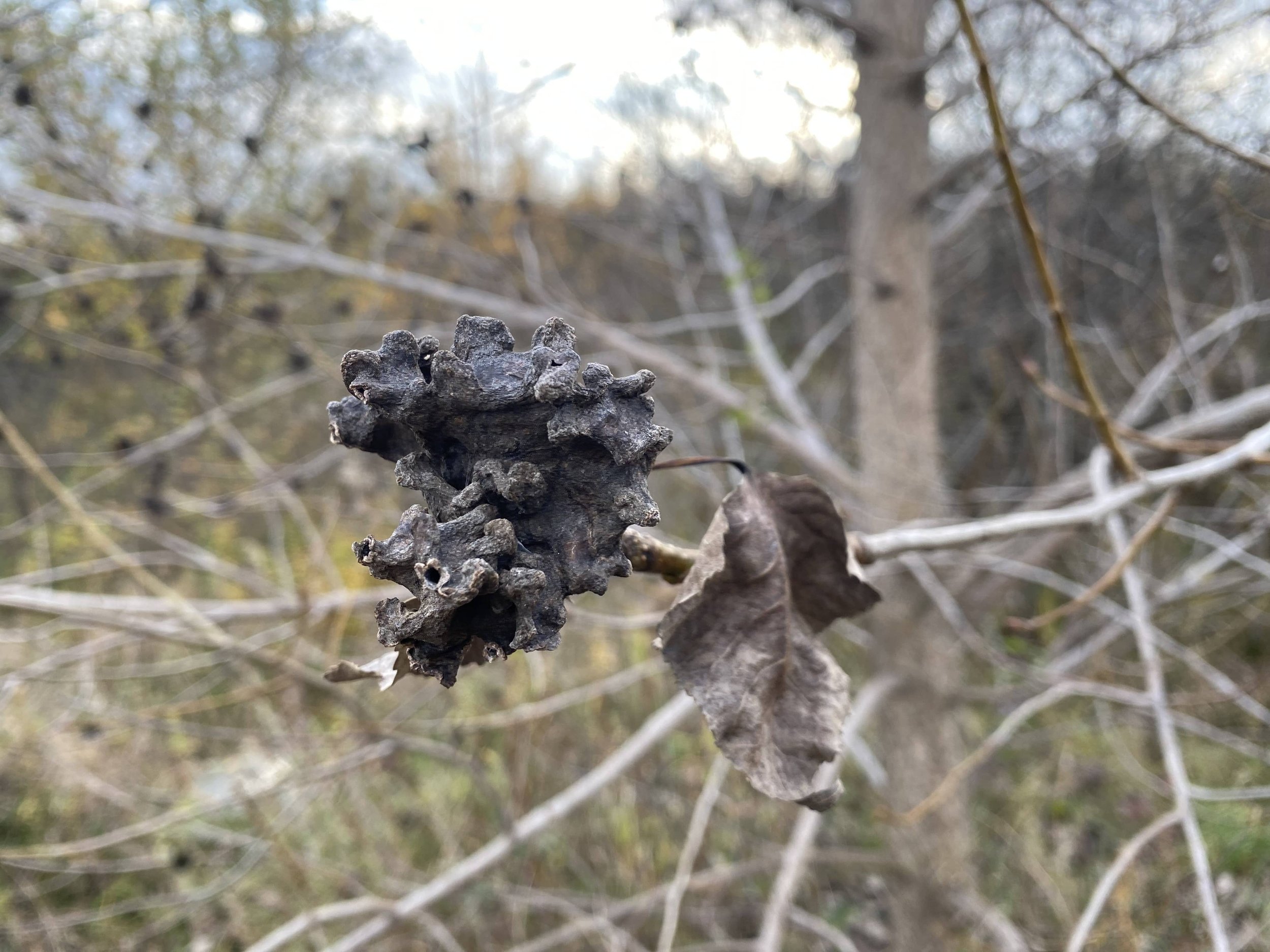
Ep. 238 : Looking At Two Unusual Galls
This passed weekend I was able to go out tracking with folks at Wiijindamaan where I once again notice the Poplar Vagabond Aphid Gall. And last week, I was having another conversation with folks about the Spruce Pineapple Adelgid Gall. Galls persist through the Winter and into Spring when many of the insects which have created them will begin to emerge.
Since now is the time to be keeping an eye out for the insect emergences, I figured I would share my excitement for these two galls. Not only are they beautiful and unusual, but they also highlight my growing feelings on what I call “biology 202”, a deep appreciation for the complexity of life beyond our cultural assumptions. It’ll make more sense when you hear it.

Ep. 237 : Turtles of North America With Kyle Horner (and salamander migration mini report back)
Did you know that birds are more closely related to turtles, than turtles are to snakes? I just learned that. Do you know what cloacal breathing is? I bet you do… but how does it work? That’s some of the interesting stuff I got to ask naturalist, author and educator Kyle Horner recently when we spoke about his new book Turtles of North America.
And this week’s show isn’t just about turtles! It is a bit of reptilian and amphibian mashup, because for the second part I give a short report back from a recent field trip down to Sudden Tract to check on Spring salamander migration. Tis the season!
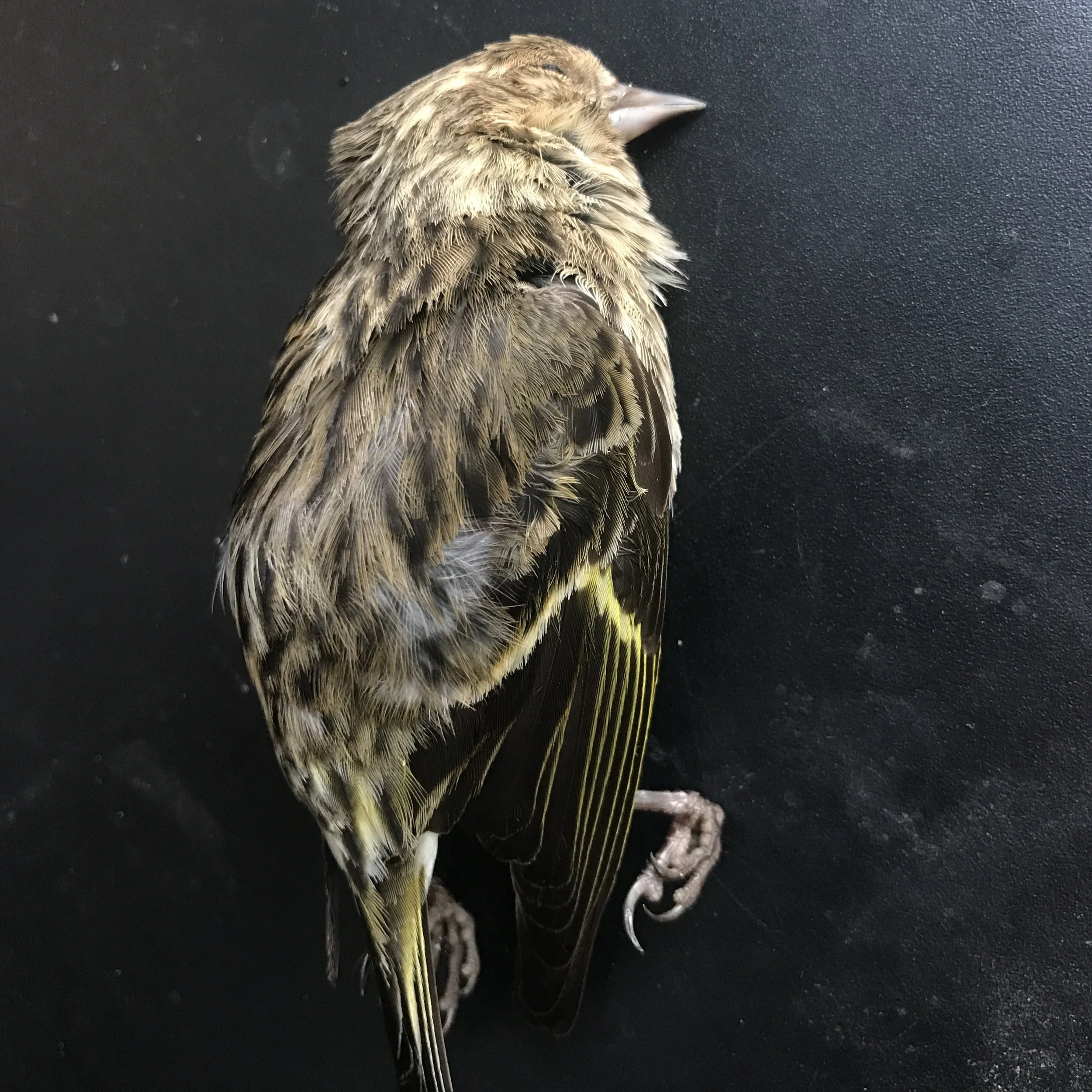
Ep. 235 : Pine Siskins
I just got home from Algonquin Park. I got the privilege to spend the past week tracking Wolves, Moose, Martens, Grouse, Flying Squirrels, and so many other creatures throughout the length of the park. It was magical, inspiring and motivating. Restful as much as exhausting.
One animal I spent some time learning about over the week was the Pine Siskin, as they were my focal species for the week. Sadly on our last day, two dead Pine Siskins were found on highway 60, hit by vehicles as they were on the road, consuming the de-icing salts.
I decided on the way home I would do a little research and make the next show all about them. Here’s to the Siskins and all they’ve taught and inspired in me.
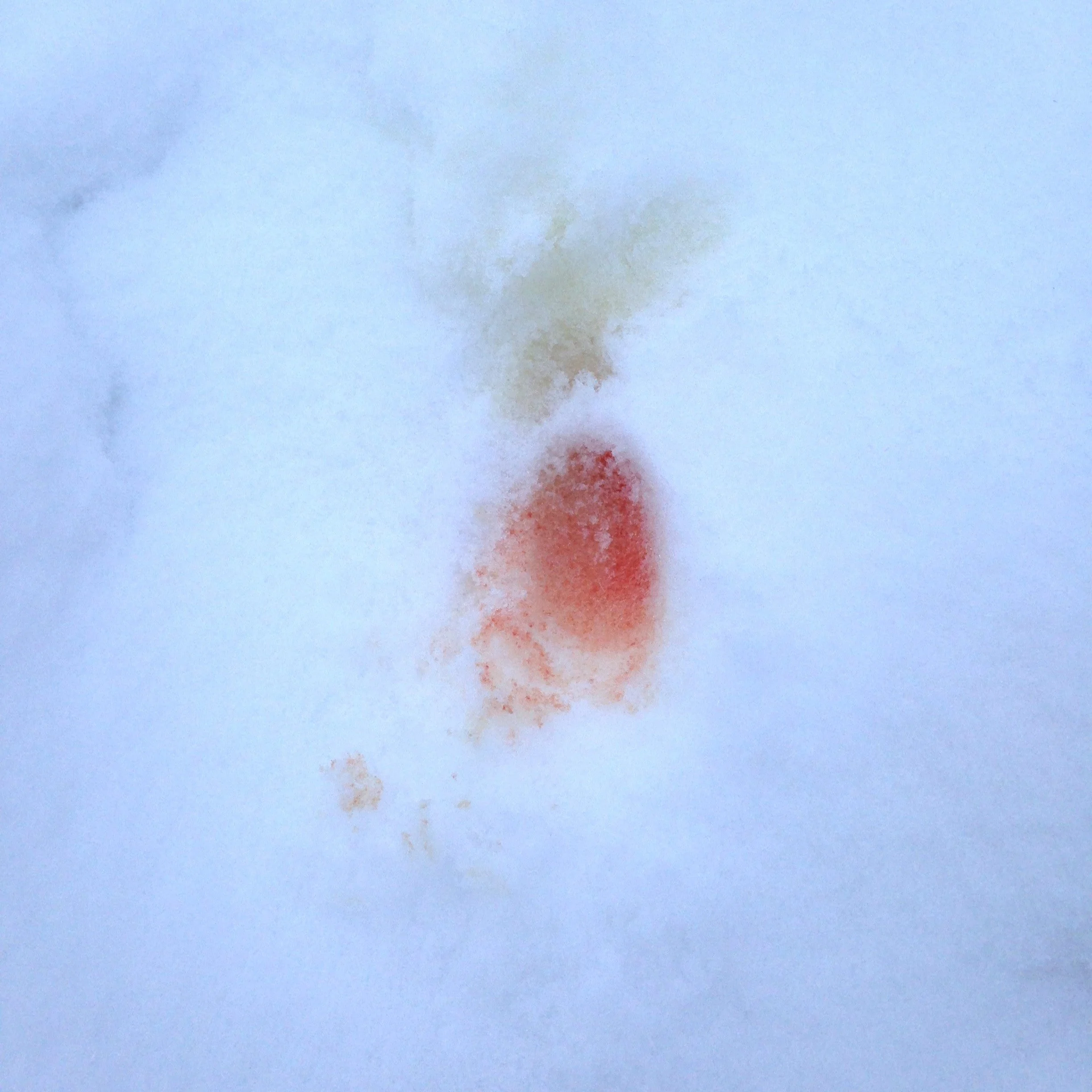
Ep. 234 : Courting Behaviours of the Eastern Coyote
It’s that time of year again, when the animals are getting out and getting down. While driving home the other day I drove past a forest where I had once trailed a part of courting Coyotes and realized that now is the time we will be seeing these courting behaviours. I had written about them before, but it was worth revisiting as it will likely be coming up on the land, and in my classes.
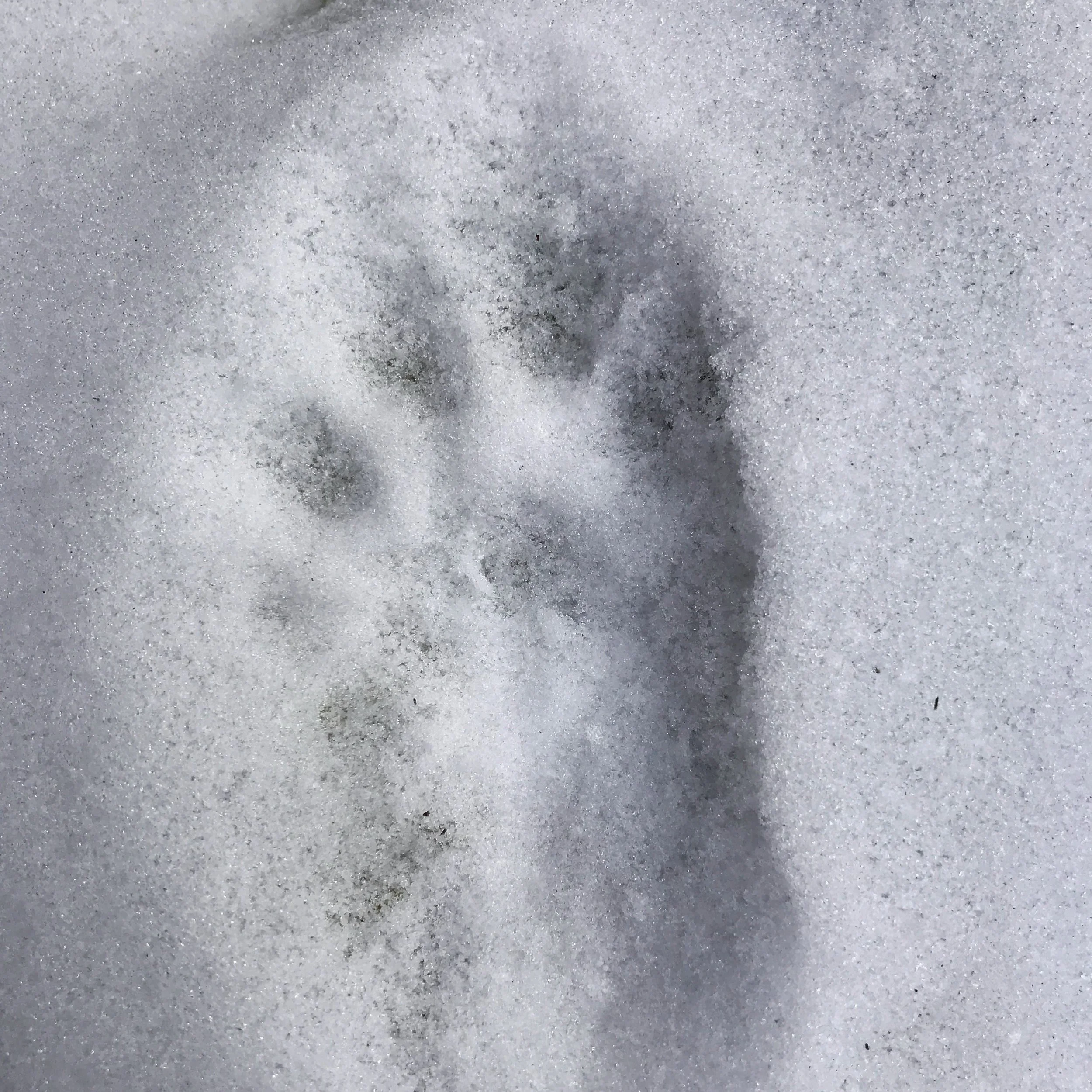
Ep. 233 : On the Fisher Trail
Once again I have been inspired by the Fisher to dig a little deeper into their ecologies, behaviours and the signs they leave behind. There is always so much to know that another show about them, relating another story of following the Fisher trail seemed worthwhile.
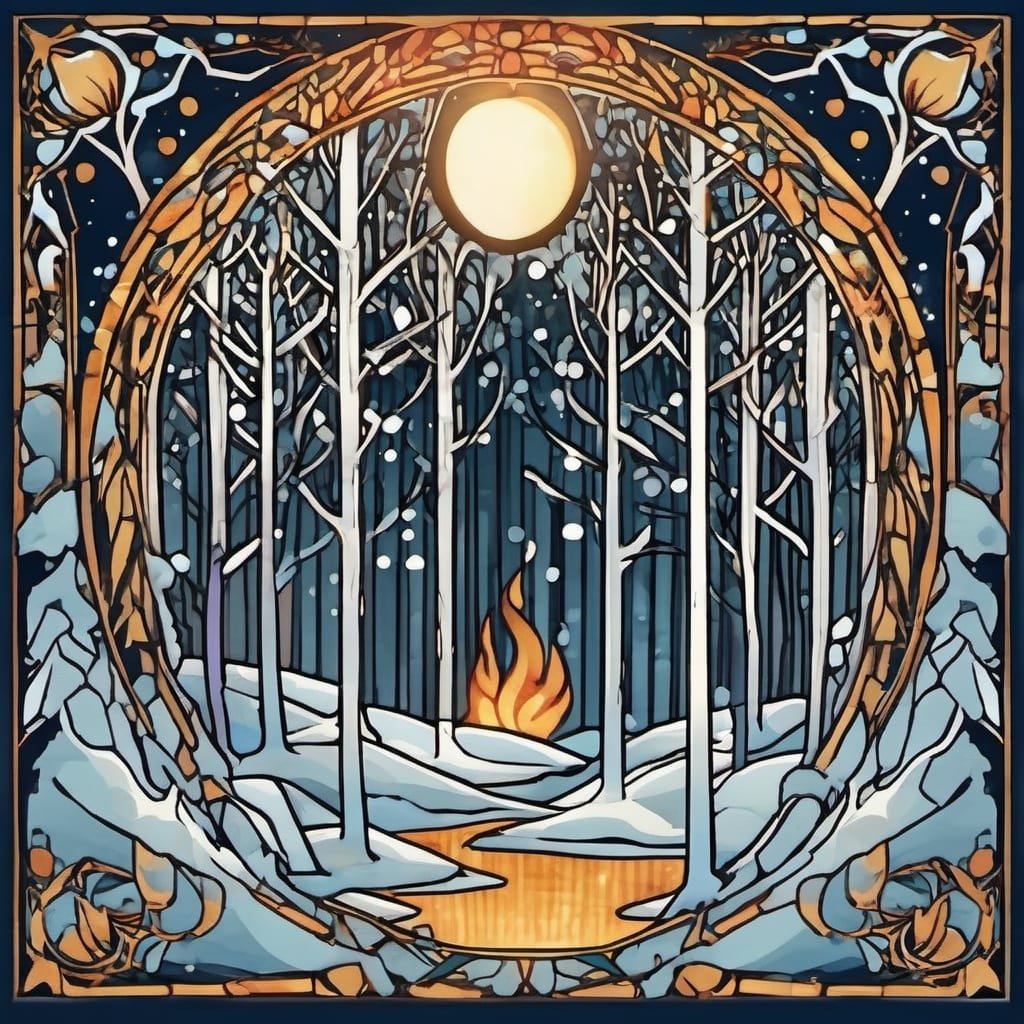
Ep. 232 : Winter Solstice
As we get ready for the longest night of the year, it’s also a time to celebrate traditions and set our sights for the new year with the rebirth of the Sun. Making radio for me also holds traditions embedded within the episodes. Every Solstice I dig into the archives and pull out a rebroadcast which was originally aired December 21st, 1985 at 10:30pm on the BBC. And now, for the 6th year in a row, I get to broadcast one of my favorite pieces of radio.
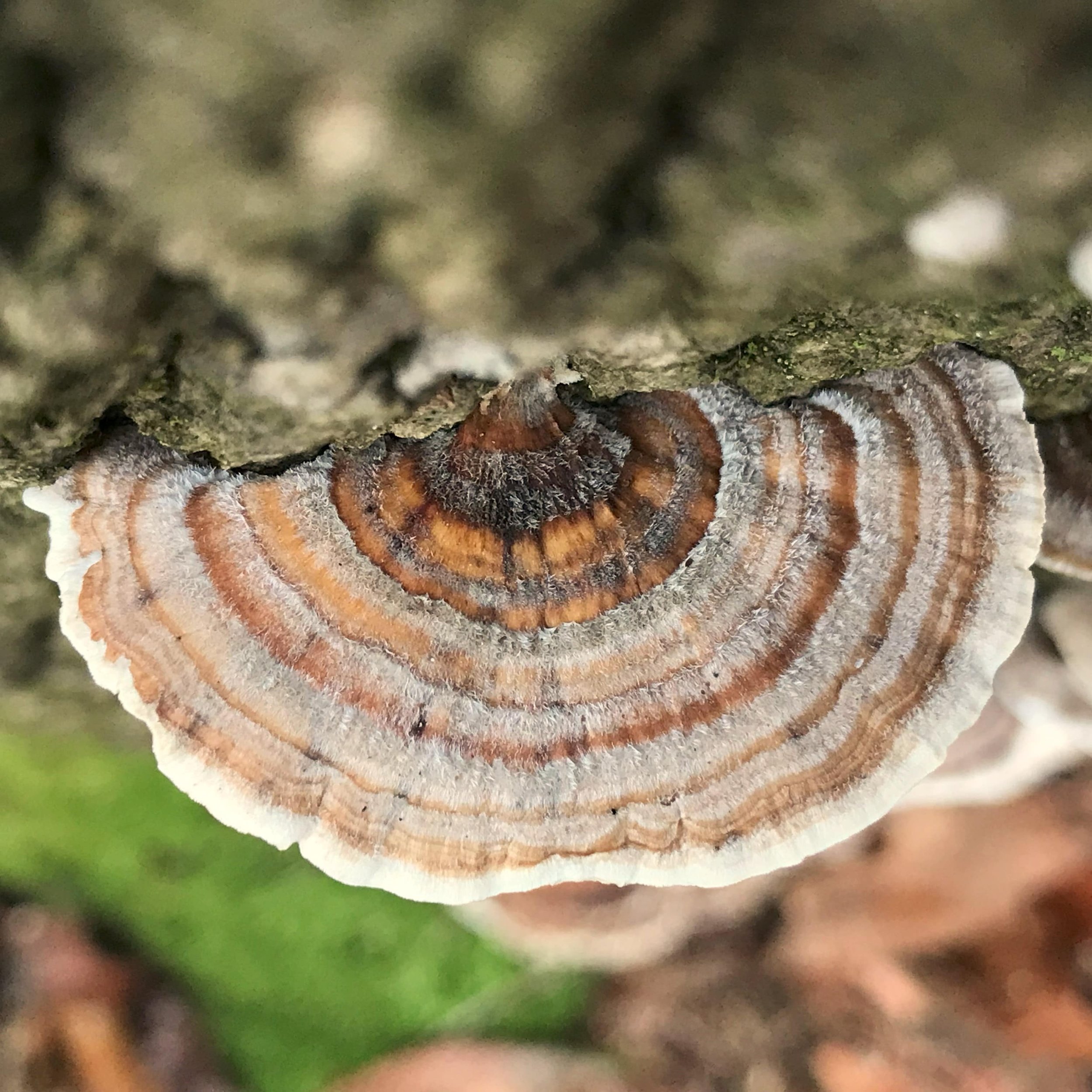
Ep. 231 : Turkey Tail
You know when there is someone kicking around the party whom you recognize, maybe even say hello to, but you just don’t know that well? Or perhaps you two have been acquainted for a while but something comes up and that gets you talking a little more intimately? I feel like that with Turkey Tail (Trametes versicolor). I wanted to try my hand at foraging and creating some medicine, but really I needed to read up on what others have sorted out before I prepare anything for ingestion.
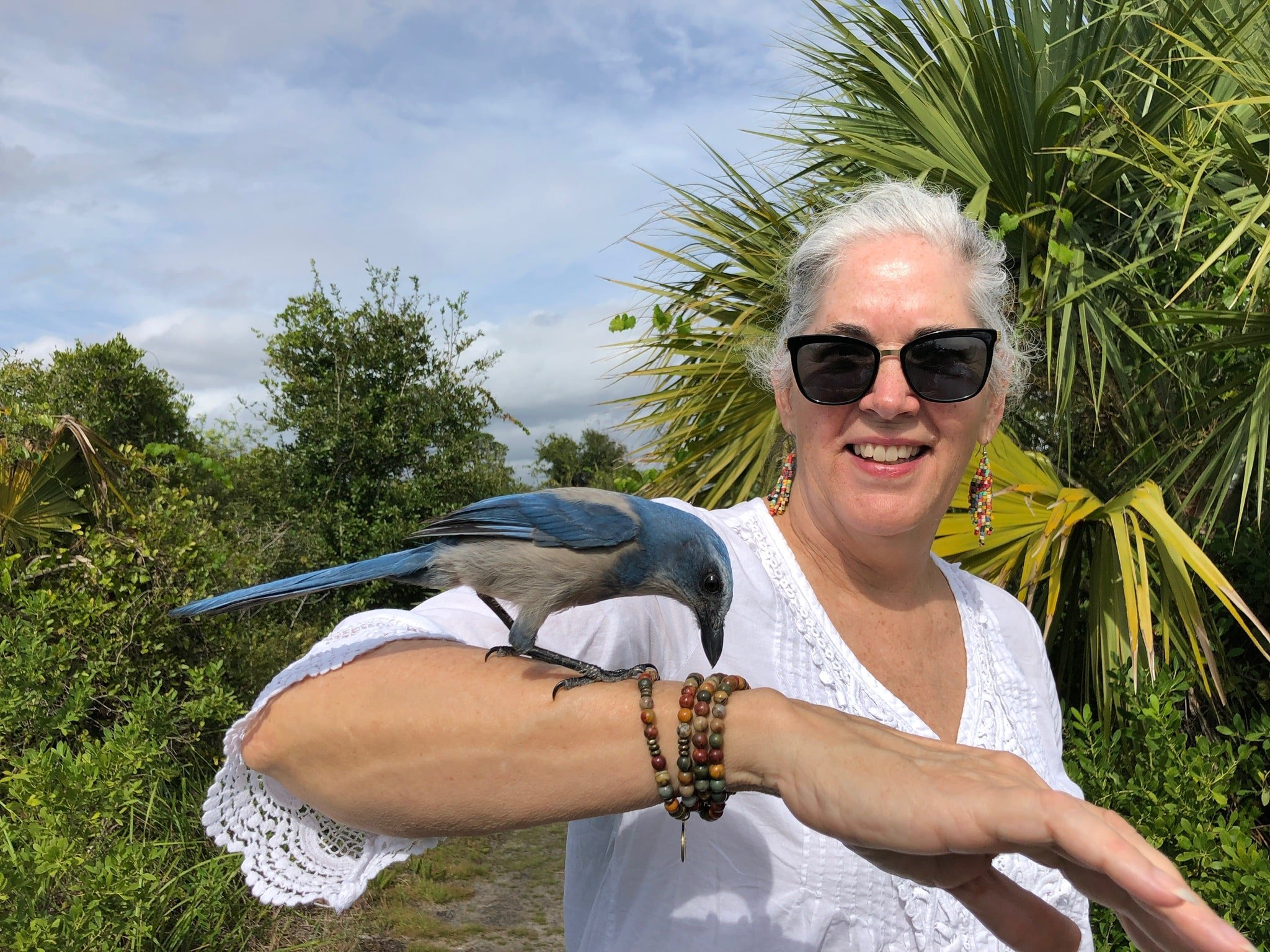
Ep. 230 : In Conversation with Lisa Donahue
How do we aim to teach about a land which has been occupied through theft, displacement, war, and genocide? How can we say we work towards loving relationships with ourselves, with each other and the land when this is the past and present reality of the place we inhabit and the position of the states we are governed by?
I got to talk with a mentor, friend, and elder in my community, Lisa Donahue, about how we can struggle to do the work of bringing folks outside and teaching them alongside the land when the context is rife with harm. As always, Lisa shared from the heart with precision, passion and a poignant reckoning of the ongoing need to work towards justice, peace and good relations. I am so grateful for her wisdom, her humility and her care.

Ep. 229 : A Mushroom Folk Tale
My room, my house, my bags are all full of books, twigs, fruits, feathers, seeds, nuts, and bits of mushrooms this time of year. So too my stomach, my dreams, and my heart. My bedroom is littered with naturalist books and books of fairy tales and myths which I pull out and read before I turn out the light. I love the folk tales because if you read them in the right light, they share stories of relationships with the land from before christian colonization. For me, of european descent, this gives insight to how my ancestors may have gotten to know the places they lived and who they depended on to live good lives in relation with the lands they lived with.

Other platforms where you can listen to the show :
As well as : Breaker : Overcast : Pocket casts : RadioPublic



